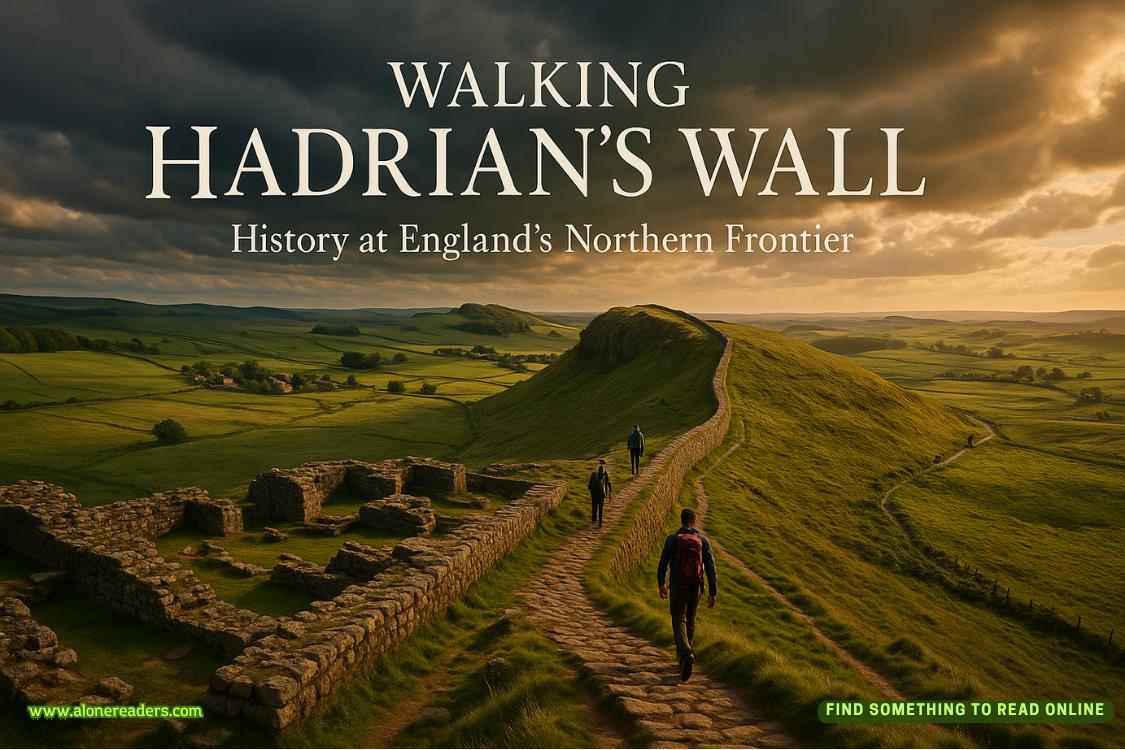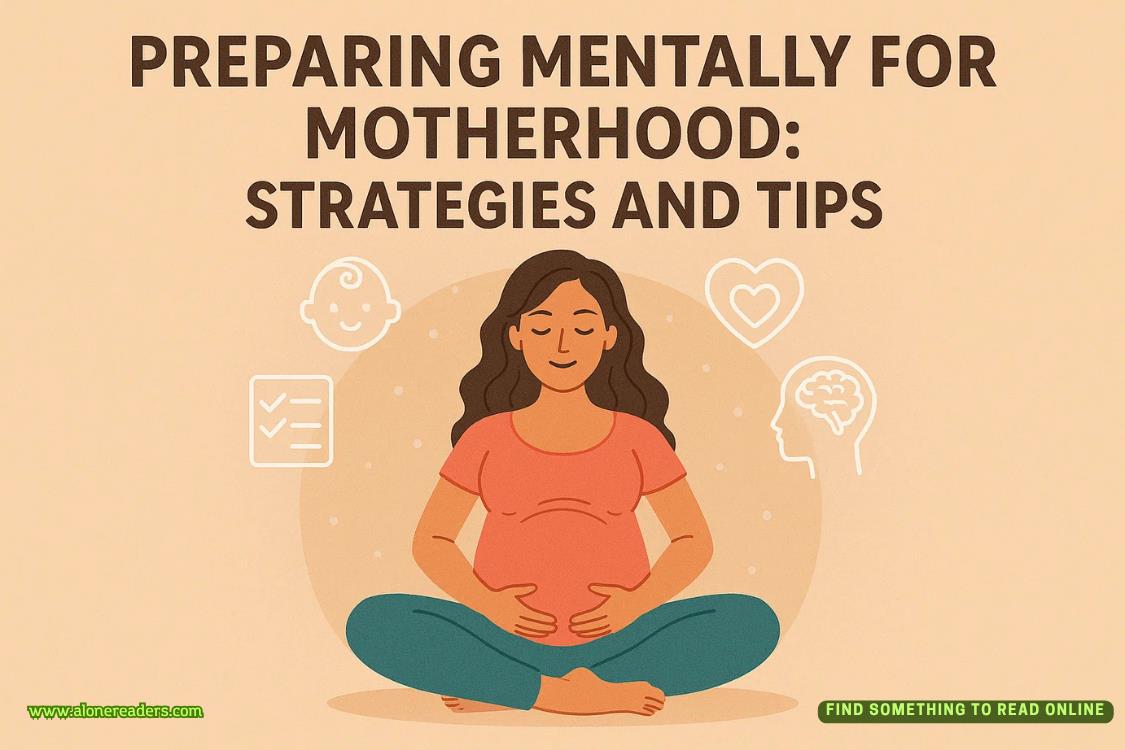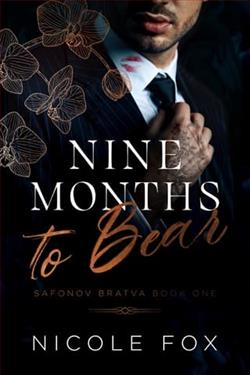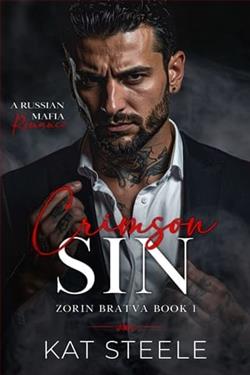Page 57 of Crimson Curse
I breathe deeply, drawing air into my lungs and centering myself the way my father taught me before every important moment in my life.
“Thank you,” I begin, my voice carrying clearly across the plaza, amplified by hidden speakers that Charlotte's team positioned around the perimeter. “Thank you all for being here today to witness something that means more to me than I can adequately express in words.”
The murmurs soften. Attention sharpens. Even the photographers pause their constant clicking, waiting for the meat of my remarks.
“For many of us, this museum is not simply a building made of marble and glass and carefully controlled temperature systems. It is a keeper of memory, a guardian of culture, a living reminder that history cannot be erased if we choose to preserve it with intention and care.”
I pause, letting the words settle, watching the faces in the crowd. A professor from Northwestern nods approvingly. A city council member checks her phone, then looks up guiltily and refocuses on my face. A journalist in the third row scribbles notes with aggressive speed.
“When I began here as an intern, I dreamed of curating exhibitions, and caring for these treasures that represent the best of human creativity and achievement. I never imagined the path would lead me here, standing before all of you, launching something far greater than I ever hoped to accomplish alone.”
The truth of those words hit me unexpectedly hard. I was a graduate student surviving on ramen noodles and library coffee, spending my days cataloging artifacts and my nights writing papers about cultural preservation theory. I lived in a studio apartment that barely fit a twin bed and a desk, and my biggest professional aspiration was landing a full-time position at any museum that would have me.
Now I wear a designer dress and speak to a crowd of influential people about a foundation that bears my name, and I'm married to a man whose power extends far beyond anything I could have imagined in those days when I thought the most dangerous thing in my life would be defending my thesis.
“The Carter Foundation for Cultural Preservation exists not only to protect artifacts but to protect stories,” I continue, my voice growing stronger with each word. “The stories of who we were, of what shaped us, and of what must not be forgotten. These stories connect us to our past and guide us toward our future. To the next generation, these stories will serve as a compass through uncertain times. To the present, they are a shield against ignorance and loss.”
Applause swells, warm and genuine this time, not just polite acknowledgment but real enthusiasm. Flashes pop like sparks across the gathering, and I blink against the brightness while maintaining my smile.
“And for me,” I add, my voice softening as I look down at my hands resting on the podium, then back up at the crowd, “this mission is deeply, profoundly personal. In a few short months, I will welcome a daughter into this world.”
The crowd's energy shifts, becoming warmer, and more intimate. I see smiles breaking out across faces, and hear a few approving murmurs from the women in the front rows.
“She will grow up in a world where the truth is worth guarding. Where even when destruction threatens, creation proves stronger. She will grow up knowing that silence is never safety, and that preservation is an act of courage that each generation must choose to embrace.”
My throat tightens, not from nerves, but from the swell of emotion pushing against my ribs. The reality of bringing a child into this world, into the complicated life I've chosen with Daniil, creates a mix of joy and terror that I'm still learning to navigate. But standing here, speaking about the future we're building together, the fear feels manageable, and the joy feels infinite.
The cheers rise louder, echoing off the marble columns of the museum facade and the glass windows of surrounding buildings. Some people clap politely, maintaining their dignified composure, while others cheer openly, their enthusiasm genuine and unguarded. I see Charlotte discreetly dab at her eyes with a tissue even as she directs photographers toward the best angles with subtle hand gestures.
But my gaze finds only one man in the crowd. Still in the back, still positioned in the shadows, and unmoving except for the slight nod he gives me. Daniil. His face reveals nothing to anyone else who might glance his way, but I know the truth written in the set of his shoulders, in the way he holds his head, and in the intensity of his focus on me.
The foundation bears my name, but his hands built the structure behind the scenes. His connections secured the initial funding that no amount of grant applications could have provided. His influence carved political space where the foundation could exist untouched by bureaucratic rivals or budget cuts. His protection ensures it will endure beyond any individual administration or policy change. This is ours, though only I will ever acknowledge it aloud. That is his gift to me.
I step to the plaque, my fingers brushing the velvet cloth that conceals the bronze beneath. The cameras lean in, and the photographers hold their breath in that pause Charlotte coachedme to create. The fabric is heavy and expensive, chosen to create drama when it falls.
With a firm tug, I pull the cloth away. It falls to the ground in elegant folds, revealing polished bronze etched with words that feel larger than life:
The Carter Foundation for Cultural PreservationFounded to protect the stories of the past and create safe futures for the next generation.
Applause erupts like thunder, bright and overwhelming. Some clap with measured politeness, maintaining their professional composure, while others cheer as though this victory belongs to them, too. I see tears in eyes I didn't expect to be moved, and genuine smiles on faces that usually remain neutral. The sound washes over me in waves, and I have to steady myself against the podium for a moment.
Charlotte appears at my elbow as if materialized from thin air, guiding me away from the microphone as photographers surge forward for individual shots. The ceremony dissolves into champagne toasts and murmured congratulations, and the subtle dance of networking that drives every successful cultural event in the city.
Benefactors cluster in small circles, their conversations mixing genuine interest with social positioning. Journalists swarm with follow-up questions about funding sources and future exhibitions. A city councilman approaches with compliments and thinly veiled interest in how the foundation might support his upcoming campaign.
Through it all, I maintain my smile and offer appropriate responses, but part of my attention remains tuned to the securitypresence I know surrounds us. Lex has positioned himself at the main entrance to the plaza, arms folded across his chest, sunglasses hiding eyes that are anything but relaxed despite his casual posture. He watches every exit, every unfamiliar face, and every person who moves too quickly or lingers too long in one spot. Always the sentinel, always ready.
Timur lurks near the street, his bulk disguised by an expensive coat that can't quite hide his readiness for violence. Roman stands across the plaza, seemingly admiring the museum's architecture while actually maintaining clear sightlines in multiple directions.
It's a ballet of security that allows me to function in public while ensuring that what happened with Viktor can never happen again.
Eventually, the crowd is shepherded inside through the museum's main entrance, flowing into the freshly restored cultural wing. Sunlight filters through the glass ceiling, falling across sculptures and tapestries. Every surface gleams with fresh attention. Display cases have been upgraded with state-of-the-art climate control and security systems. Interactive digital displays provide context for artifacts in multiple languages. The scent of new polish lingers in the air, layered over the familiar, comforting musk of parchment and age that defines every great museum.
Visitors spread throughout the galleries, their voices creating a pleasant hum of appreciation and discovery. Children press their faces against display cases, their wonder unguarded and infectious. Adults move more deliberately, reading placards with careful attention, occasionally pausing to take photographs or make notes.
I move through the space like a proud parent, noting which pieces draw the most attention, which displays function exactly as intended, and which corners might need adjustment in the coming weeks. This is my professional element, the work that grounds me even when everything else in my life feels surreal. And then I step into the main gallery.
Daniil waits near a display case, his posture deceptively casual, hands clasped behind his back in a way that makes his suit jacket fall perfectly across his shoulders. I slip my hand into his, feeling the familiar strength that never fails to steady me. We walk together through the gallery, our footsteps echoing in rhythm. The sound creates music, intimate and private, despite being surrounded by dozens of other visitors. Paintings watch from gilded frames, silent witnesses to survival and restoration, and the triumph of preservation over destruction.















